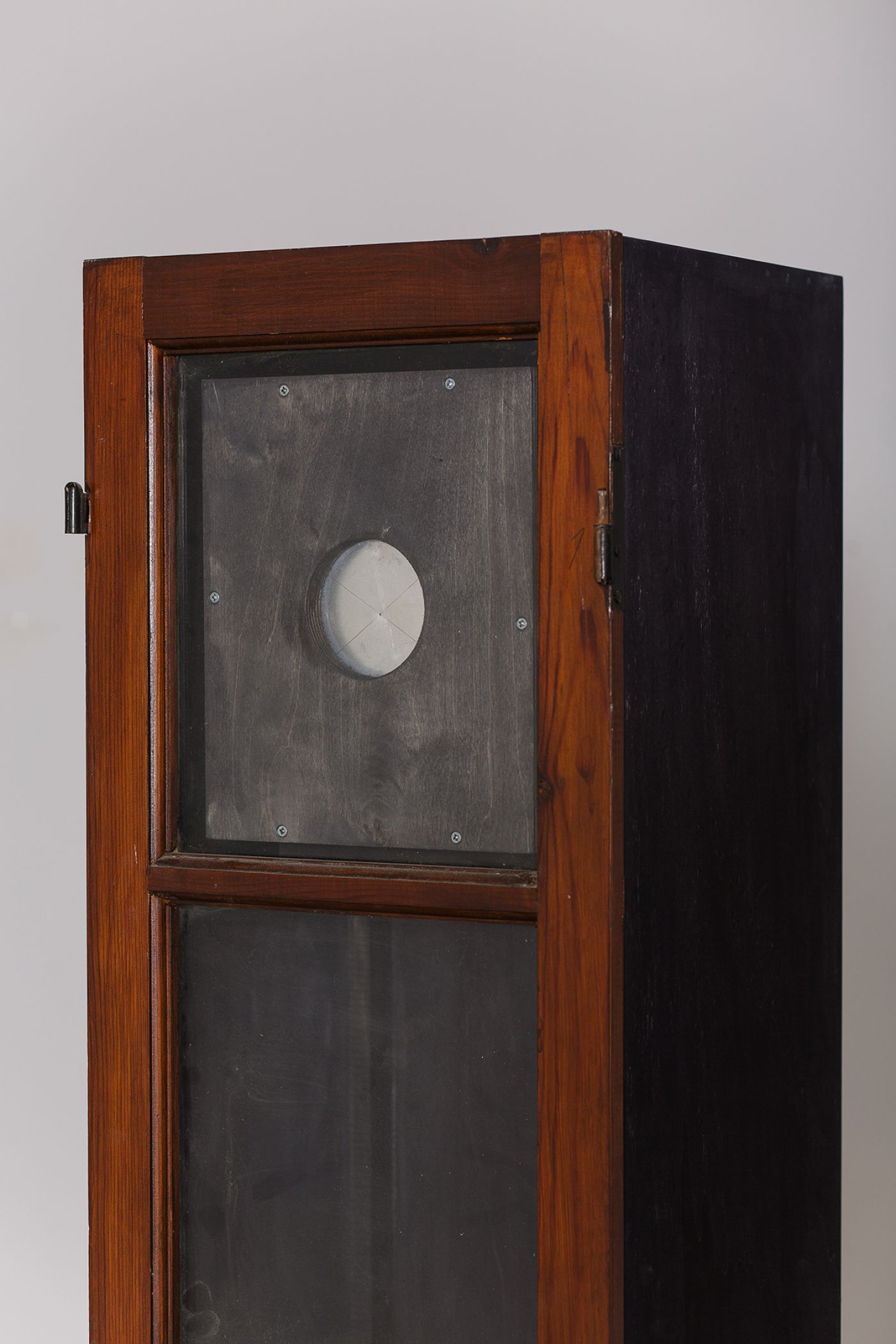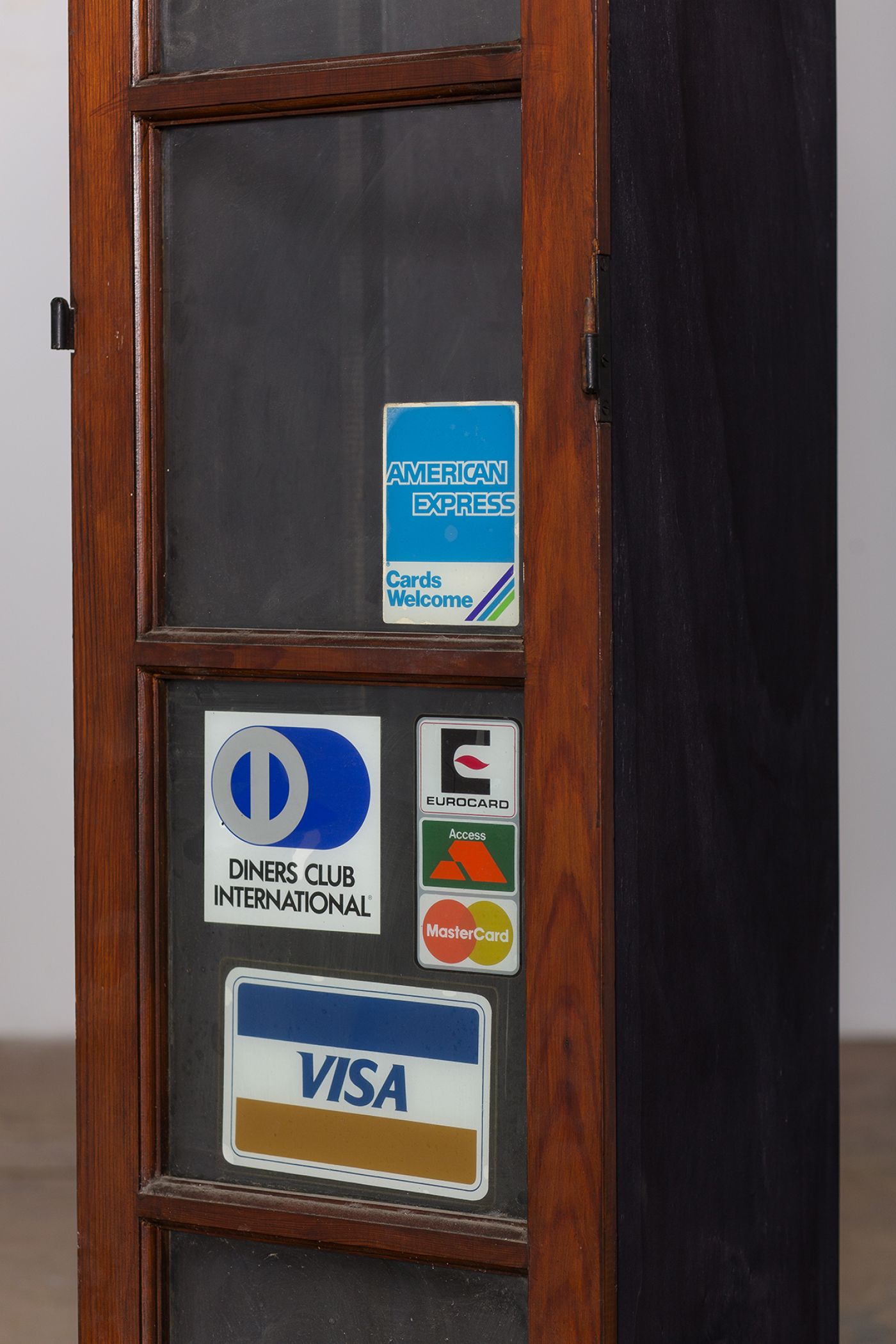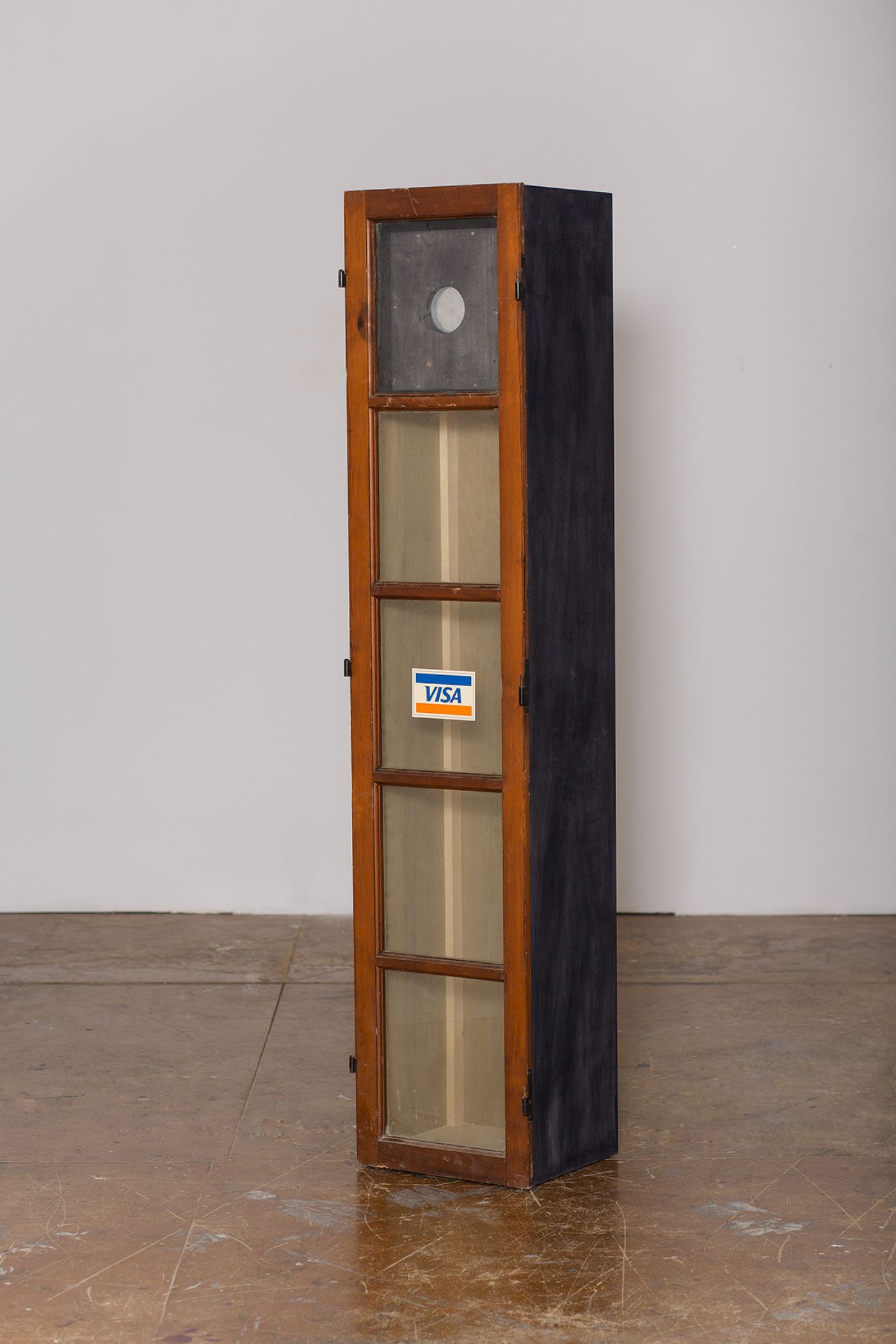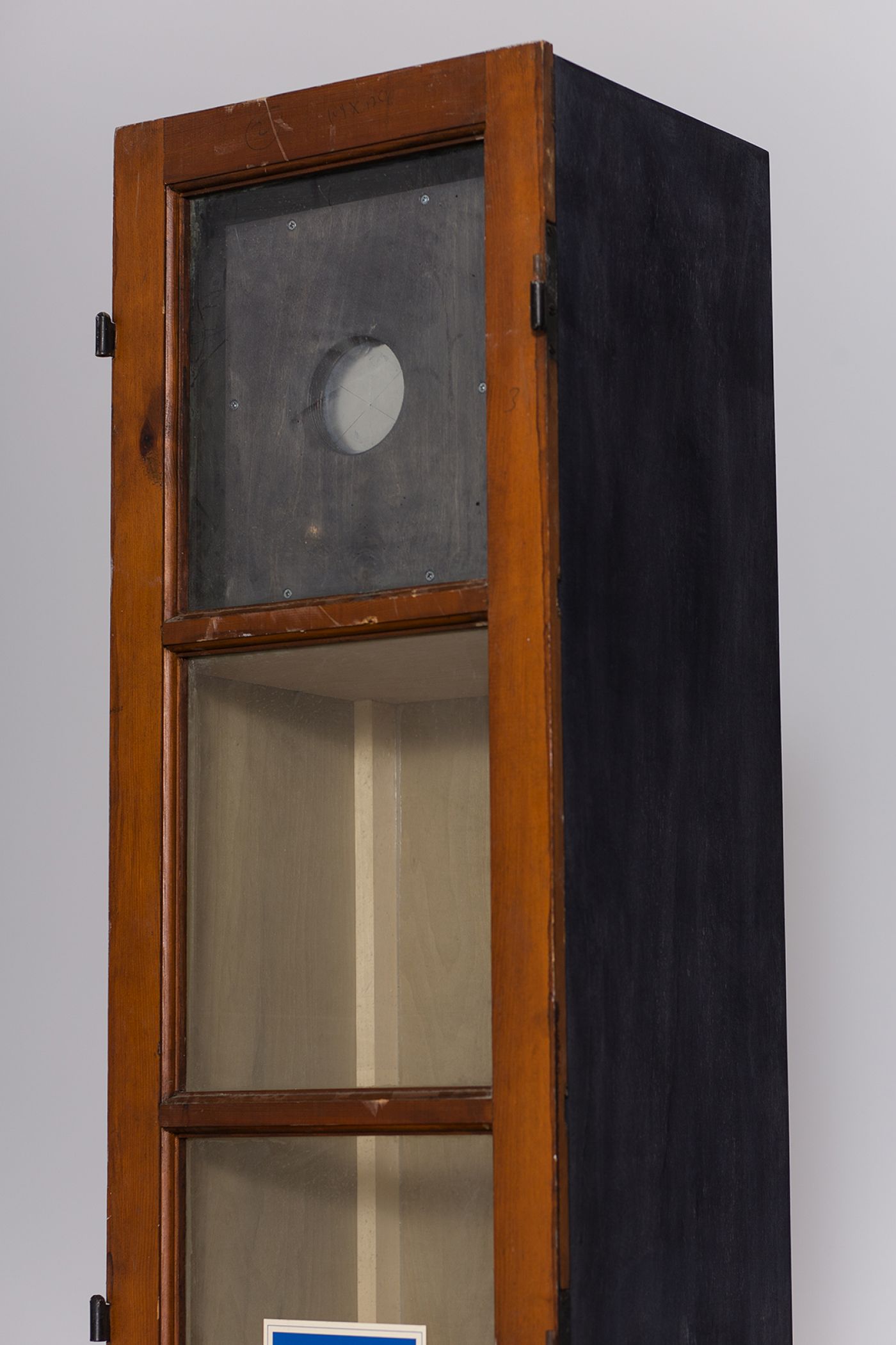Maria Toumazou
Liste Year
Year of Birth
Country of Birth
Presented by
2022
1989
Cyprus
Hot Wheels
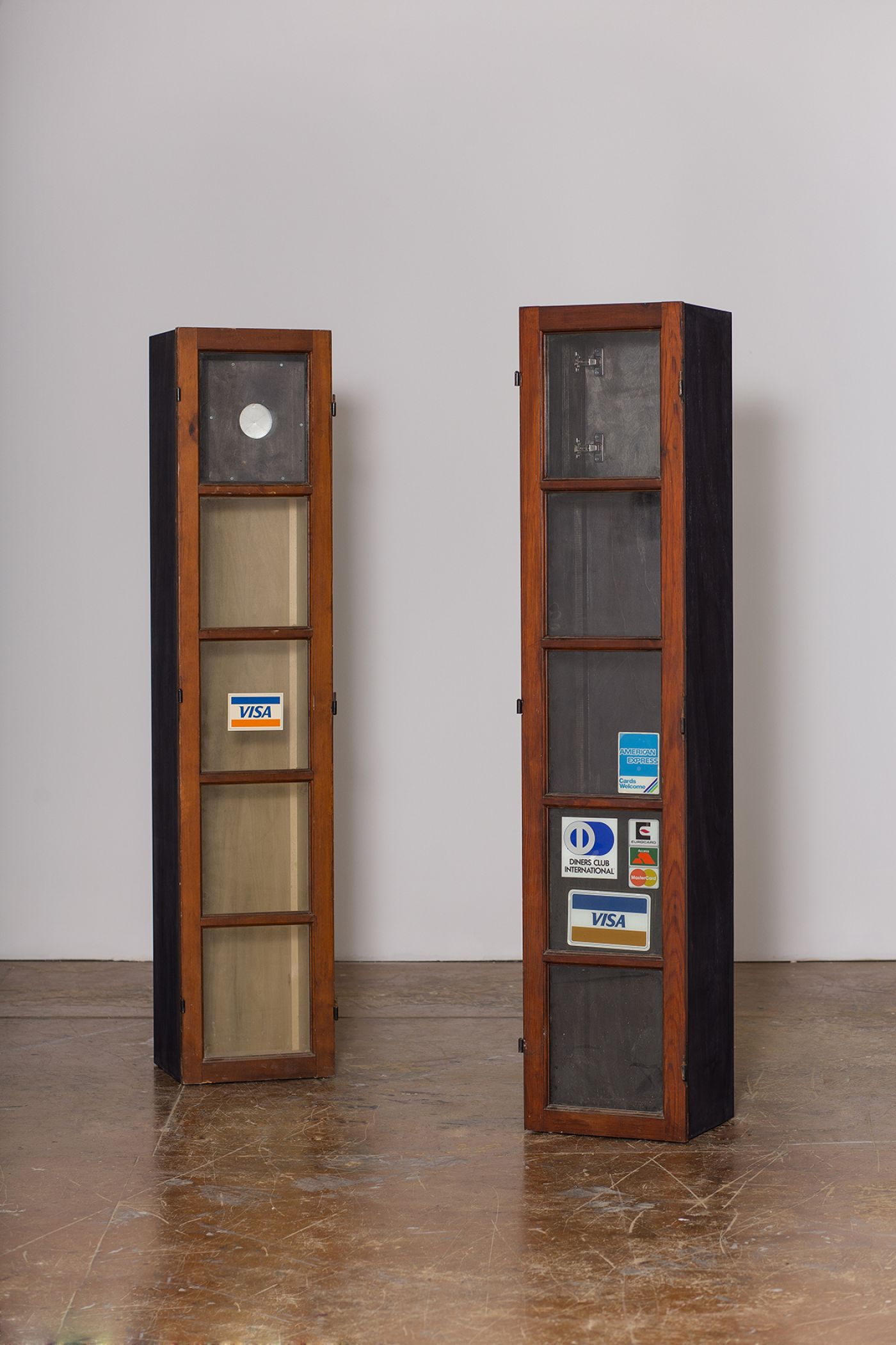
Maria Toumazou’s work operates on the careful fringes of what is subtle yet intimidating, intimidating yet subtle. She plays with materials as if they have once had a past life and are being reincarnated by her through an allowance to perform their newfound functionality; they become everything you expect them not to: a tote bag unfolds and unfurls and assumes unanticipated dimensionality, wrappers from local restaurants become seemingly elastic and large to emulate the intricate architecture of a tent, or a sail, and the mystification of the innerworkings of an object such as the violin is subverted by the complete disclosure of it, only to outrun its demystification and instead enhance its uncanniness as a ‘thing’ in the room.
The spatial poetics of her work are heavily dependent on the friction between linguistics, size, and the shapeshifting capability of her materials; kinesthetics bridge her works and their observer. What is linguistically present is also exemplified in and by the space that she occupies. The intricate verbal texture of her work also employs the absent: a violin devoid of its technical and musical intestines is also devoid of its coiling, both musical and not. In other works, her careful use of the inherent ordinariness found in objects, as well as their exceptionality, allows for their own discovery of kinesis, self-referential dialogue and/or monologue, and eventual or anticipated autolysis, always under the elusive supervision of language.
Her installations merge materials together to create a compendium that is both literary, with particular emphasis on the agency mustered by the adverbial and visceral energy in her titles, and physical. Diction surrounding her work invites and directs attention not just towards the object in question but towards the intimidating, absent space surrounding it. A blade understanding its existence as a blade can become a thing beyond its nomination. She fondles with the structural, spatial, and literary implications of what it means to describe something and then proceed to allow for the language that was employed to fuse with the object that it is signifying. Her body of work observes and engages with the way in which self-reference gives way to kinesis, textual, verbal, and/or physical, which, in turn, gives way to a transfer of artistic energy from herself, as the artist, to her materials. Her attention and use of particular materials, such as plastic bags, works to extract their inherent mortality so that their resurrected functionality and vitality reposits autonomy in and of themselves— how they chose to give way and submit to their destruction and removal, whether gradual or not, becomes a pursuit entirely left to their own devices, not hers.
– Penelope Ioannou Zivanari
